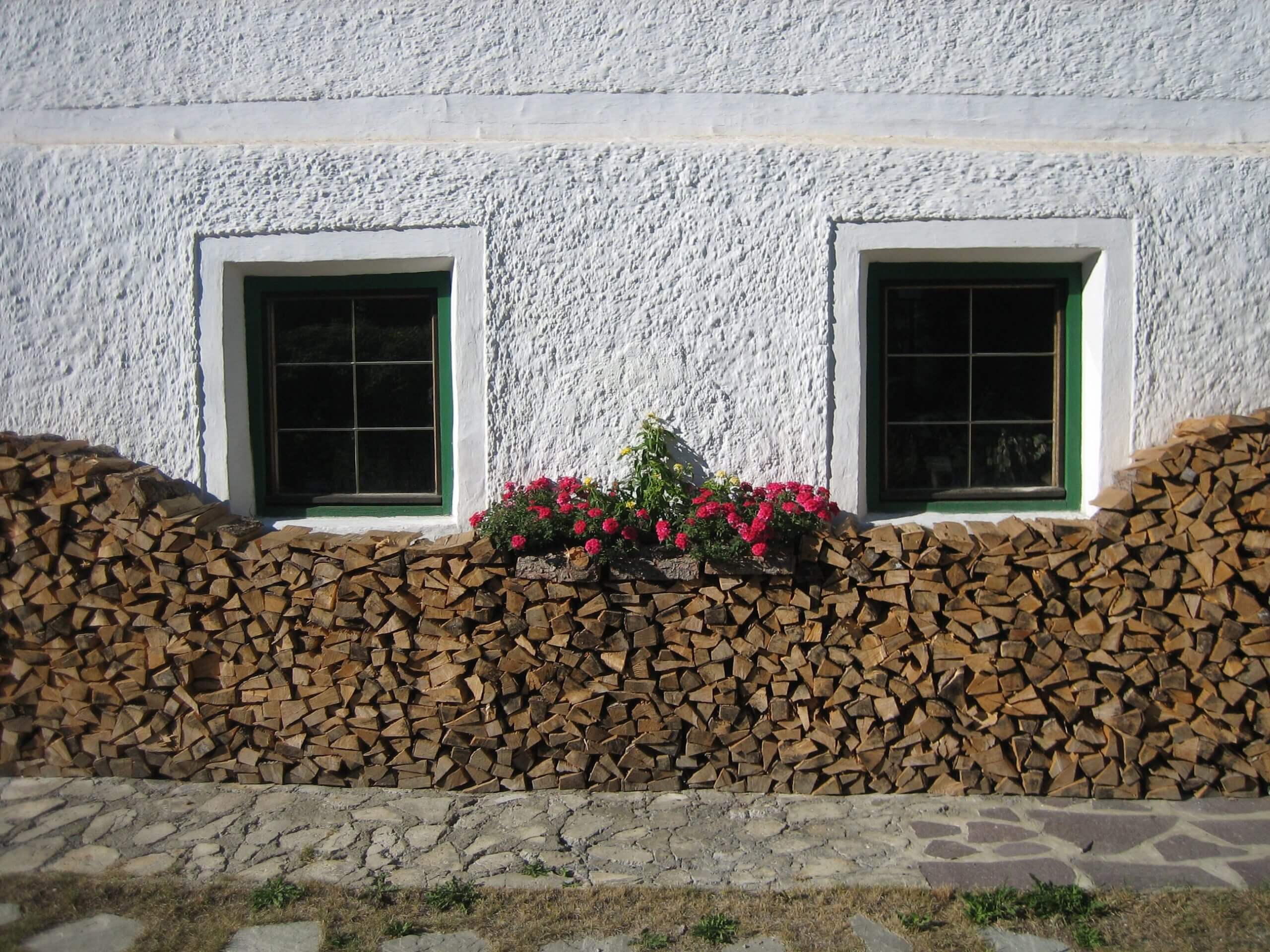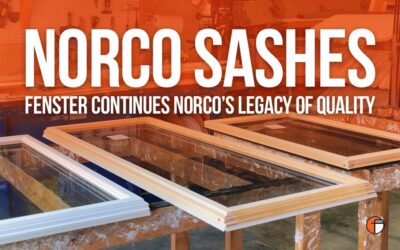Have you heard the saying that windows are the “eyes” of a house? It’s an appropriate comparison, as they allow you to look into a house and see outside as well. With windows being this important to a home, many think replacing windows at regular intervals is a smart homeowner decided to make. This is not always the case, however, especially with all of the window replacement alternatives available on the market. Why should you not replace the windows in your home? We’ve answered four questions to explore some reasons that may have you reconsider replacing your windows.
1. How Much Does It Cost to Replace Windows in a House?
The average cost for replacing windows in a house with three bedrooms is between $3,000 and $10,000. For only replacing a single unit, the cost is between $300 and $2,000 per window. What causes this wide range in price?
- Materials: Wood will be more expensive than vinyl, for example.
- Type and Size: A large garden window is going to cost more than a small, single-hung window.
- Labor: Installing a window will typically cost between $150 and $800 per window or around $40 per hour.
- Geographical Location: The process of replacing windows will vary greatly for someone in a colder climate versus a warmer one.
These are just some of the influencing factors that can change the price of window replacement. As you can see, replacing all your windows can turn into an expensive house project. This is why we created Fenster: to offer lower-cost alternatives to full wood window replacement.
2. How Many Years Do Windows Last?
Vinyl windows have a lifespan of 15-20 years, while wood window frames usually last 30+ years, sometimes significantly longer depending on the type of wood and building techniques used. So, if you have wood windows less than 30 years old, you probably don’t need to replace your windows and could consider replacing any malfunctioning parts instead. For example, if the sash of one of your tilt-in wood windows warps and no longer slides as easily, you could use our Fenster Quiksash to retrofit a new sash into the existing frame of that window.
3. Should I Replace My Original Windows in My Old House?
If you have an older home with original windows, keeping those windows could add to the value of your home. Windows in some older houses were built of higher-grade wood than what is used today, and they were designed to be rebuilt as the years go by, not replaced. If restoration is not an option, the use of replica parts to replace damaged portions is the next best option.
Older houses also tend to have a certain charm and character that cannot be found in a brand-new house. Replacing the original windows of an old house (especially only replacing one or two and not the whole lot) can damage this aesthetic and lower the appeal for potential buyers.
Also, many like to use the argument that old-house windows are not as energy efficient as new replacements, but that is not entirely accurate. Consider this study entitled “Energy Efficiency of Older Pre-War Windows,” which provides a rebuttal to this argument. A team built a twelve-foot by eight-foot house with two restored, 200-year-old windows and two brand-new windows (one wooden and one vinyl). After running multiple air filtration tests with some or all of the windows sealed, the study concluded that there was virtually no difference between the performance of the restored old windows and the new windows.
4. How Long to Recoup the Cost of New Windows?
The amount of time it takes to recoup the cost of new windows depends on the cost of replacing the windows and the amount of resulting energy savings. While new windows can increase the energy efficiency of your home, the savings will be minimal. Part of this is because a house can experience drafts in many places, like the attic or crawl space. The U.S. Department of Energy has determined that heat gain and heat loss through windows are only responsible for 25%–30% of residential heating and cooling energy use.
To add to this point, Preservation Green Lab conducted a study to weigh the financial and energy tradeoffs between replacing or repairing older, less efficient windows. They found that retrofit measures, like the ones we offer at Fenster, can achieve performance results comparable to new replacement windows and offer a better return on investment than replacement windows. If energy savings are your goal, replacing parts of your leakier windows might be the perfect solution.
Instead of Replacing, Try Repairing Your Windows with Fenster
At Fenster, we are passionate about window replacement kits and components, for all the reasons we mentioned in this article and more. We want home improvement to be something accessible and financially manageable for our customers, and both are achievable when it comes to window repair. Our extensive blog also offers education, discussions, and answers to frequently asked questions, from products for hail damage to how to remove a window sash.
If you know the exact product you’re looking for, head on over to our products page. Still, have questions or aren’t sure which window repair solution is right for you? Please contact us, and our team of window experts will happily provide any answers you need.





0 Comments